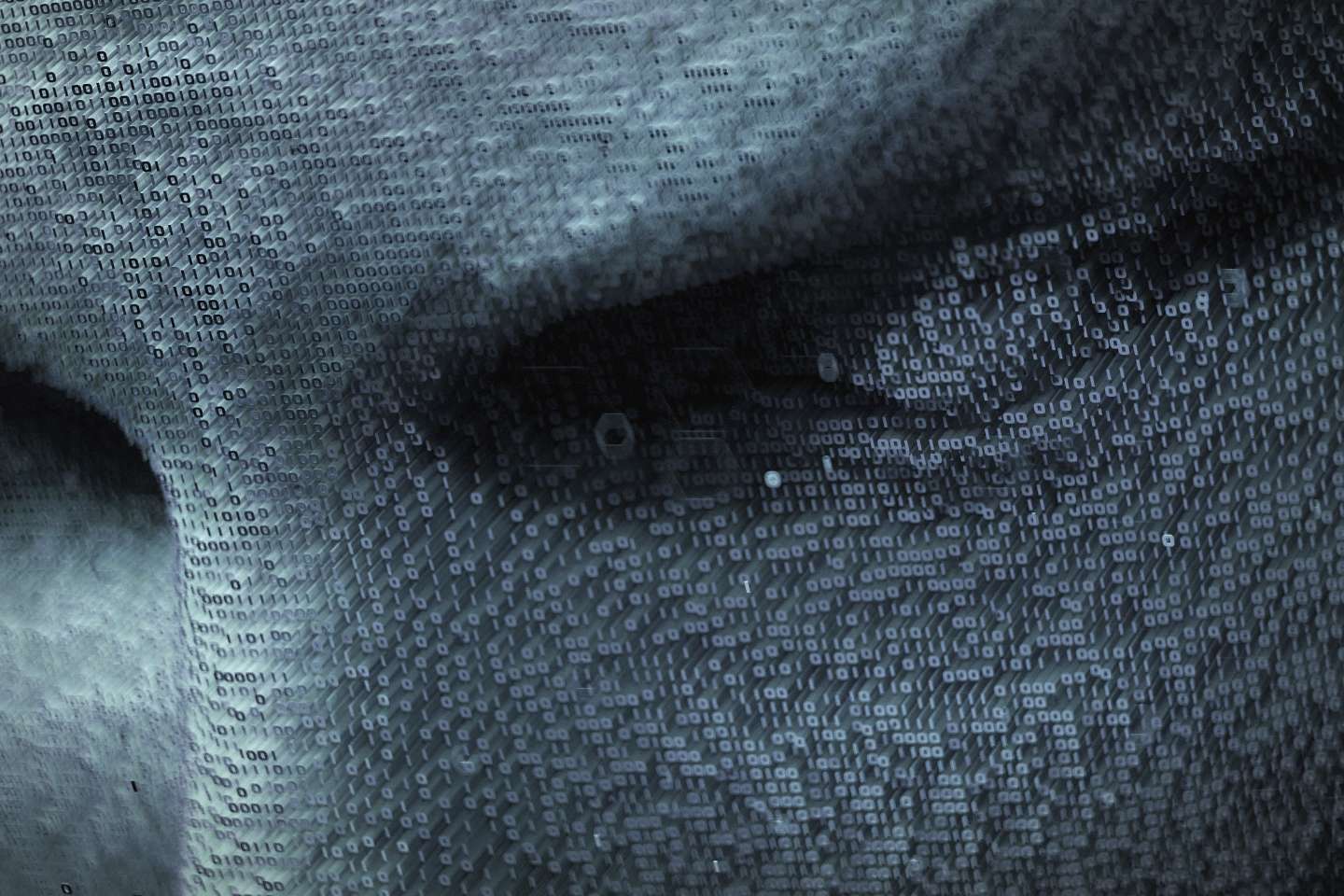“The virtual raises the question of the erasure of limits”

Elsa Godart is a philosopher, psychoanalyst and author, in particular, of the essay I selfie so I am, the metamorphoses of the self in the era of the virtual (Albin Michel, 2016). Associate researcher at the University of Paris-Est Marne-la-Vallée (UPEM) Gustave-Eiffel, she is closely interested in the evolution of the notion of subject in the digital age and cybermodernity, a concept created by the philosopher Vincent Cespedes.
Read also Article reserved for our subscribers Digital technology abolishes the border between real and virtual
What do you mean by “cybermodernity”?
Let’s first clarify in which anthropological and behavioral context cybermodernity is located. On the one hand, “nomophobia”, the fear of losing your mobile phone, is considered a phobia in the pathological sense of the term. On the other hand, the deep fake phenomenon, the hyperstructure of information, has signed the death of truth! After the postmodernity of the late twentieth century, the hypermodernity of the 2000s is characterized by the notions of hubris, excess, hyperindividualism. All this touches on our relationship to the object, to the self, to anxiety, to emptiness and to links, everything that changes in our contemporary society in the encounter with virtuality … We are now in cybermodernity, that is to say the moment when the subject integrates the machine into its functioning. The “digital self” is the addition of the real self, that of the conscious and the unconscious, and the virtual self, the avatar.
What role do immersive technologies play in this cybermodernity?
We will lose the support of the image. The images can be viewed anywhere, without the support of the machine, or even placed directly on the retina. However, the distance between what we know how to do from a technical-scientific point of view and the application in the social field is what is called ethics. It is necessary to keep a critical mind, to question these developments in order to preserve ethics. It is not a question of prohibiting, it is impossible to go back, but of reflecting and restoring common sense in relation to these innovations, of learning how to use them.
The fundamental question is whether we are dealing with a metamorphosis or a mutation. The first one changes the shape but not the background, it is one more tool. While the second is a radical change. I think that immersive technologies are a mutation, that is to say that we will really integrate them into who we are to the point that it changes our behavior in depth. Let’s take the example of online commerce. Although we are aware of its impact on the environment, employment, etc., the very existence of this service has changed our behavior, our expectations as consumers. The problem is not that artificial intelligence takes precedence over man but that man becomes a machine, an automaton and that in this mutation, he loses his free will, his faculty of judgment. Added to this is the deep fake, whose rendering is so realistic that we no longer know if a video or a speech is true or false! Critical judgment is no longer enough to uncover the truth.
You have 30.14% of this article left to read. The suite is reserved for subscribers.








